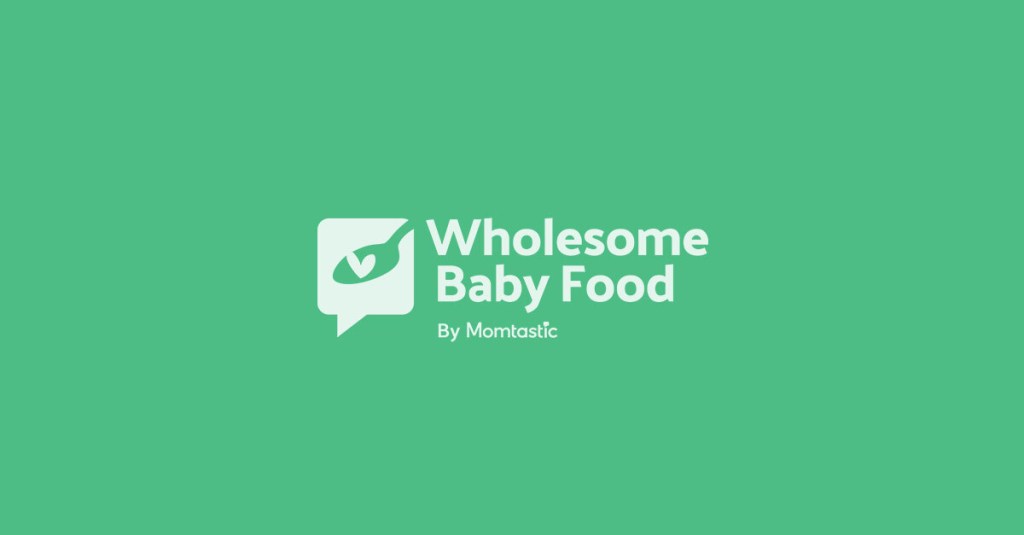Vegetables for Baby Food
Welcome to our page about Vegetables for Baby Food. On this page we list some of the vegetables that you will be feeding your baby.
Click on the links below to take you to the vegetable that you are interested in. You will find all sorts of information such as when to introduce the veggie, the nutritional information for each veggie, whether or not to buy organic and even some yummy recipes too.
Don’t forget to visit our Fruits for Baby Food page too. As always, please be sure to ask your pediatrician about introducing solid foods to your baby.
Asparagus is full of Vitamin C, fiber, some B vitamins and folic acid. Just 5 spears of steamed asparagus contain 2 grams of protein.
Broccoli is very high in Vitamin C and is a great source of soluble fiber. This makes broccoli wonderful to add to baby food recipes.
Beans (Green) Need a calcium boost? Eat a cup of green beans for 66 mg of calcium. Low on vitamin K or vitamin C; turn to that cup of green beans and get a infusion of these vitamins.
Beans (Dried/Lentils) may be small but they sure do pack a lot of nutritional whallops. Lentils are high in fiber and thus great for bowel regularity amongst the other benefits of a high fiber food. Don’t forget to visit our Lentil Baby Food Recipes page too.
Beets contain a wonderful amount of calcium, potassium and even vitamin A. Both Vitamin A and Calcium play a large role in the healthy development of your baby.
Carrots are very high in beta carotene. Beta carotene is a Carotenoids, a set of darkly colored pigments called provitamin A carotenoids that can be converted to Vitamin A.
Cauliflower A cup of cauliflower is packed with Vitamin A, Vitamin C and even calcium. Cauliflower is a great addition to a healthy diet.
Corn contains a good amount of protein and carbohydrates – making it a great food for energy. Corn however is lacking in many other nutrients that its nutritional value compared to a majority of other vegetables is substandard; save it for later.
Cucumber are good sources of Vitamin C and A. They also contain calcium and potassium.
Eggplant contains fiber, a very important part of any diet as fiber helps maintain bowel regularity. The eggplant also contains a good amount of Vitamin A and Folate.
Parsnips contain calcium and vitamin C. They also contain fiber and a bit of protein too..
Peas The nutritional value of peas is amazing when you think of the small size of a cup of peas. One cup of peas contains more protein that a tablespoon of peanut butter and also provides calcium, Vitamin A and C and Iron too.
Potato-WhiteThe nutritional value of White Potatoes is really not all that high. While white potatoes have respectable amounts of Vitamin A and Vitamin C, as well as potassium, their starch component is high.
Sweet Potato The nutritional value of yams/sweet potatoes cannot be ignored. They are high in Vitamin A and beta carotene as well as potassium. They also contain a good amount of Vitamin E, calcium and folate.
Spinach is an amazing source of Calcium. Spinach also contains respectable amounts of Vitamin A and Selenium too.
Squash – Winter such as Butternut is easy to bake, easy to prepare and very easy on baby’s tummy. A highly nutritious and much loved baby food.
Squash – Summer such as Zucchini etc makes wonderful bay food recipes. While it contains less nutrients than do the Winter squash, it’s still a great vegetable for baby food.
Tomatoes Did you know that tomatoes are actually fruits? A medium sized tomato contains approximately 47% of the (U.S.) recommended daily allowance (RDA) of vitamin C, and approximately 22% of the RDA of vitamin A.
Turnips and Rutabagas The nutrients of both are essentially the same. Both are high in Vitamin C and fiber as well as Vitamin A and a good amount of protein too.
“Exotic” Fruits & Veggies On this page, we discuss veggies such as Onions, Peppers, Mushrooms and Leeks.
Fruit Puree Recipe Page Visit our Fruit Baby Food Recipes page too.
ORAL ALLERGY SYNDROME
The food on this page may be one involving OAS. OAS occurs when a person sensitive/allergic to pollen develops a reaction to fruits/veggies that have a similar type of pollen. Itching & swelling of the lips, the mouth and/or throat are typical symptoms. These symptoms normally appear within minutes of eating the offending food and may be worse during the spring and fall pollen seasons. Rarely is an OAS life threatening. Click below to learn more.
Birch Pollen Allergies
Birch pollen allergies are associated with apple, carrot, cherry, pear, peach, plum, fennel, walnut, potato, spinach, buckwheat, peanut, honey, celery, and kiwifruit.
Cedar Allergies
Japanese cedar allergies are associated with melon, apple, peach and kiwifruit.
Mugwort Allergies
Mugwort allergies are associated with celery, carrot, spices, melon, watermelon, apple, hazelnut, and chestnut.
Grass Pollen
Grass pollen allergies are associated with melon, tomato, watermelon, orange, rice and cherry.
Ragweed Pollen
Ragweed allergies are associated with melon, chamomile, honey, banana, and sunflower seeds.
Latex
Latex allergies may be cross-reactive to banana, avocado, kiwi and papaya.
